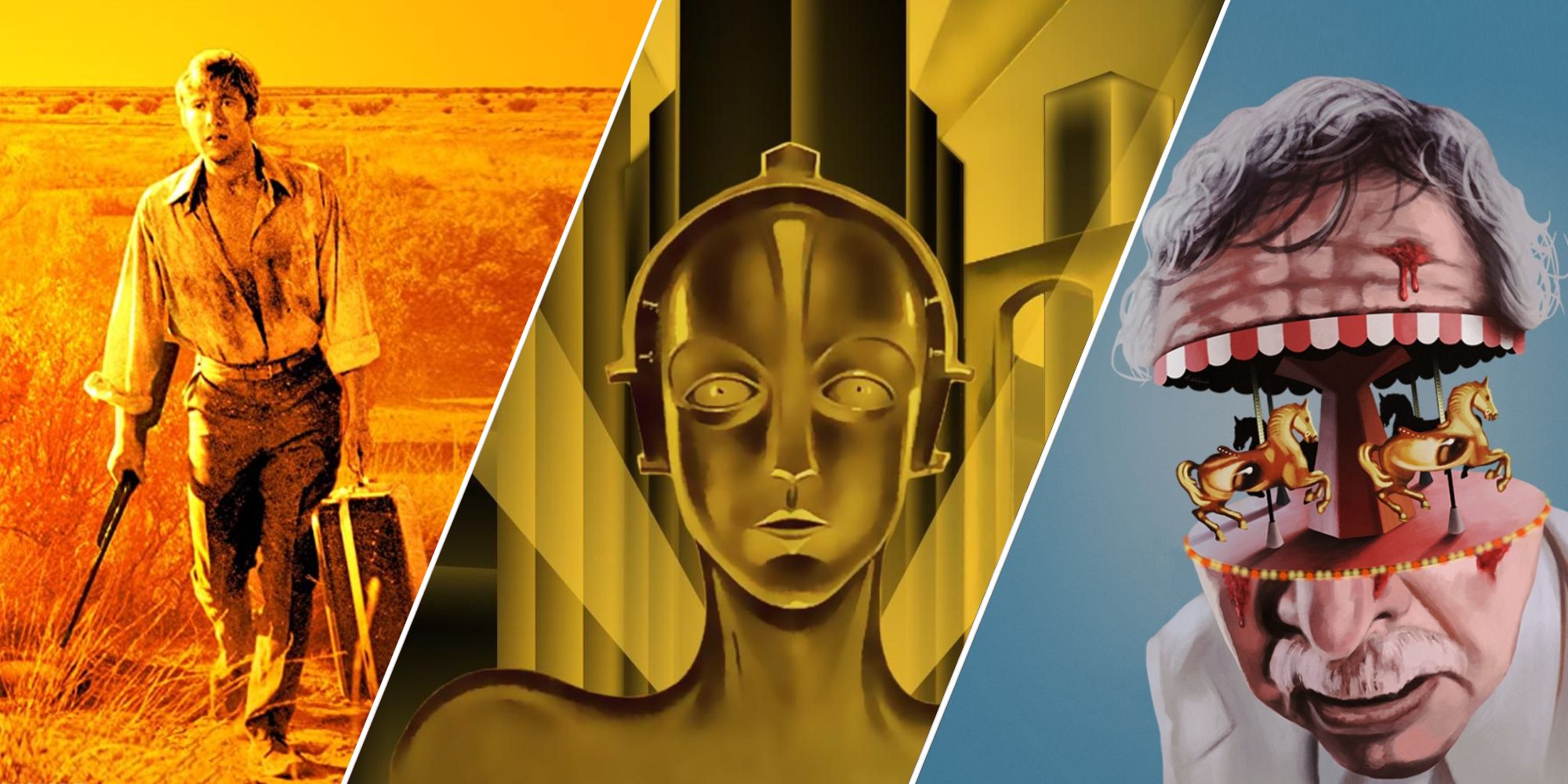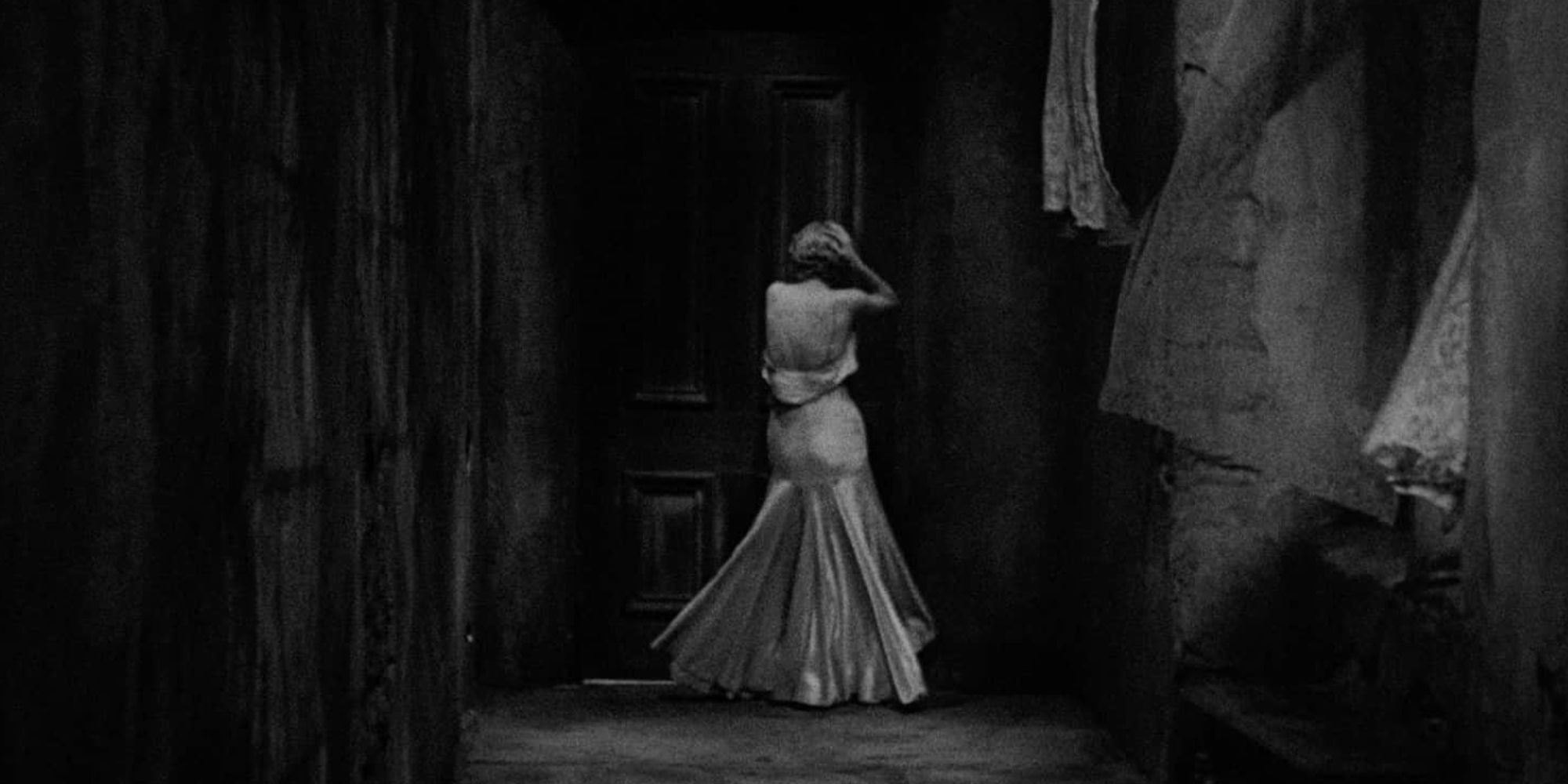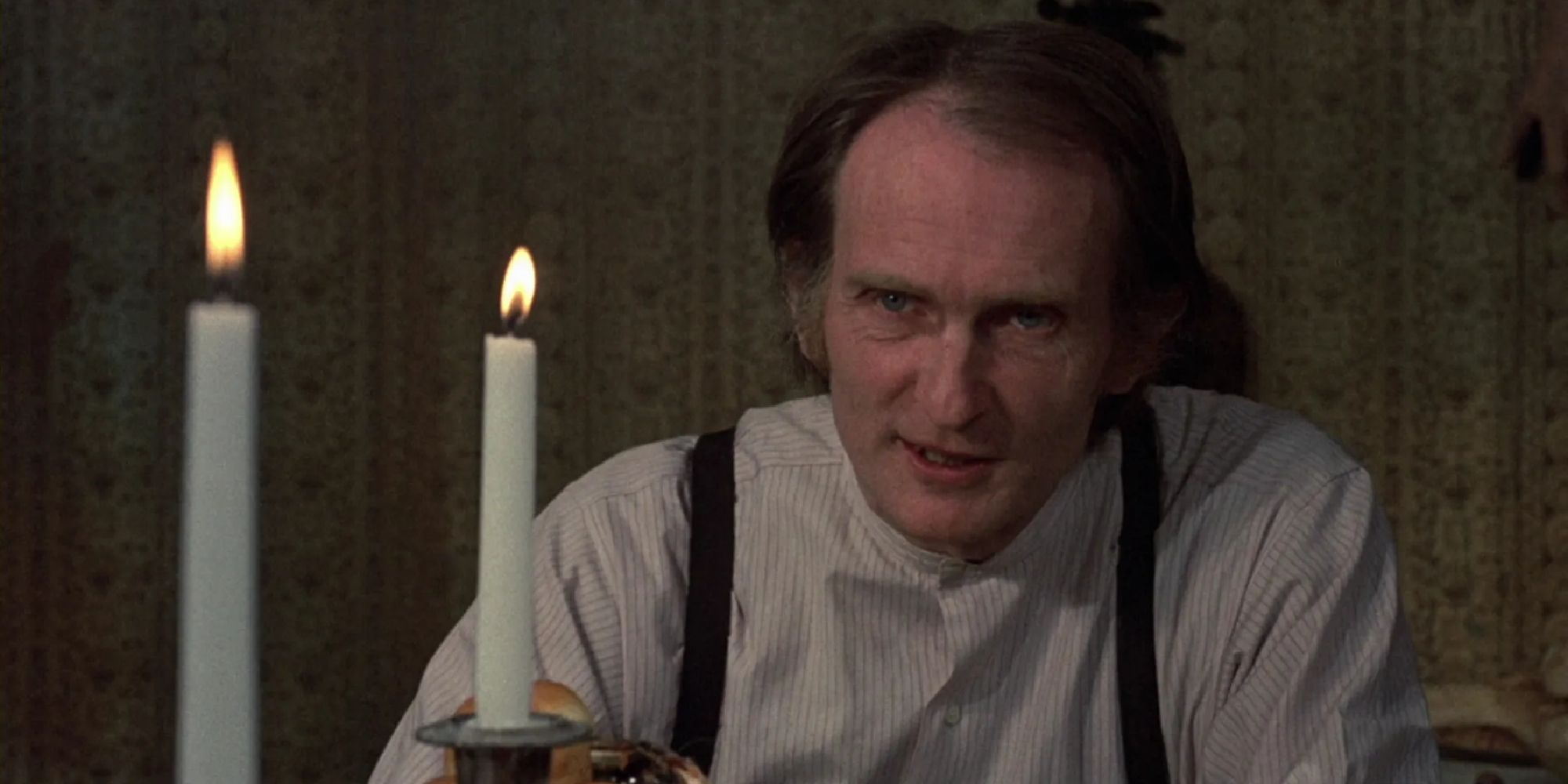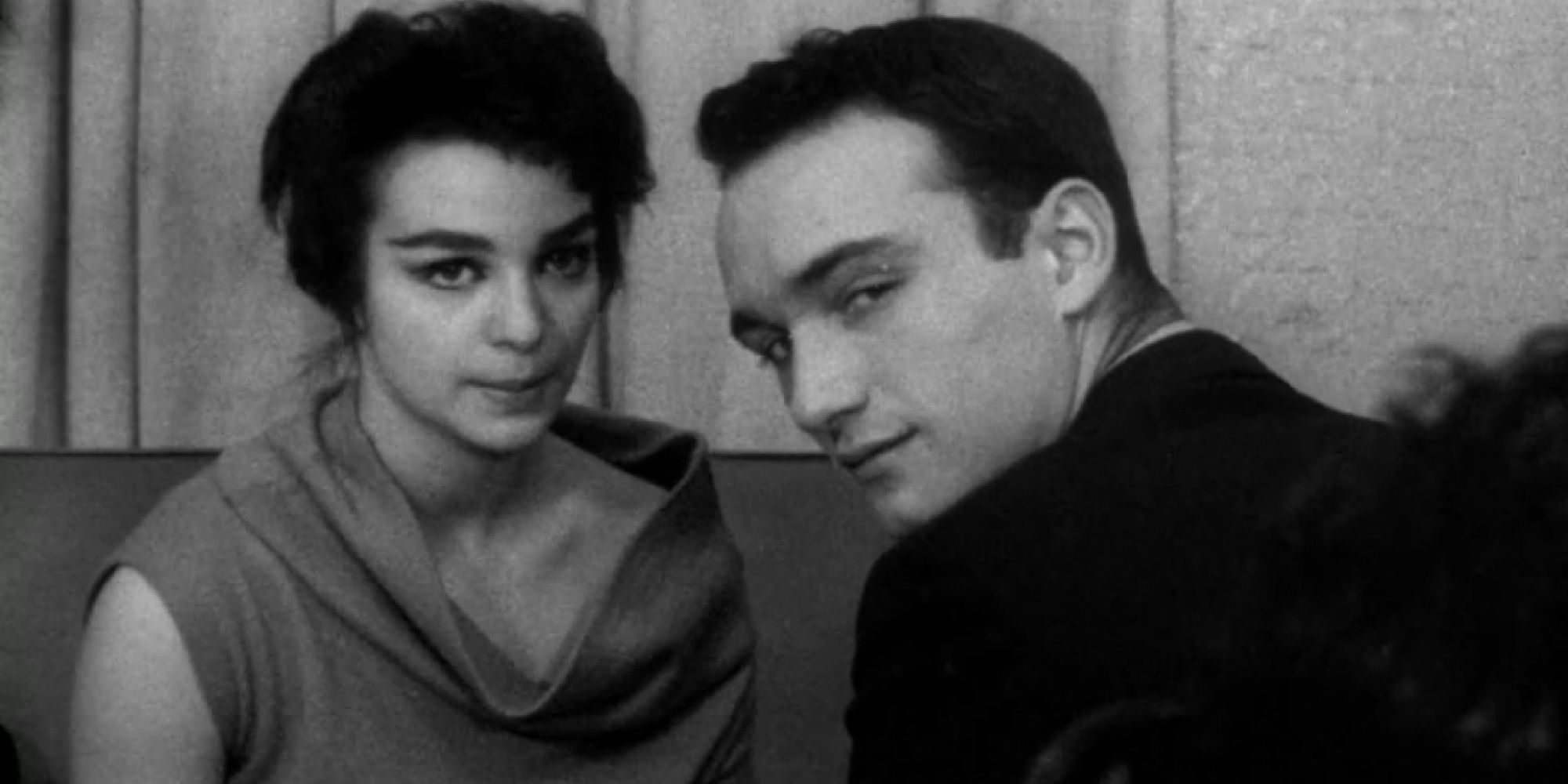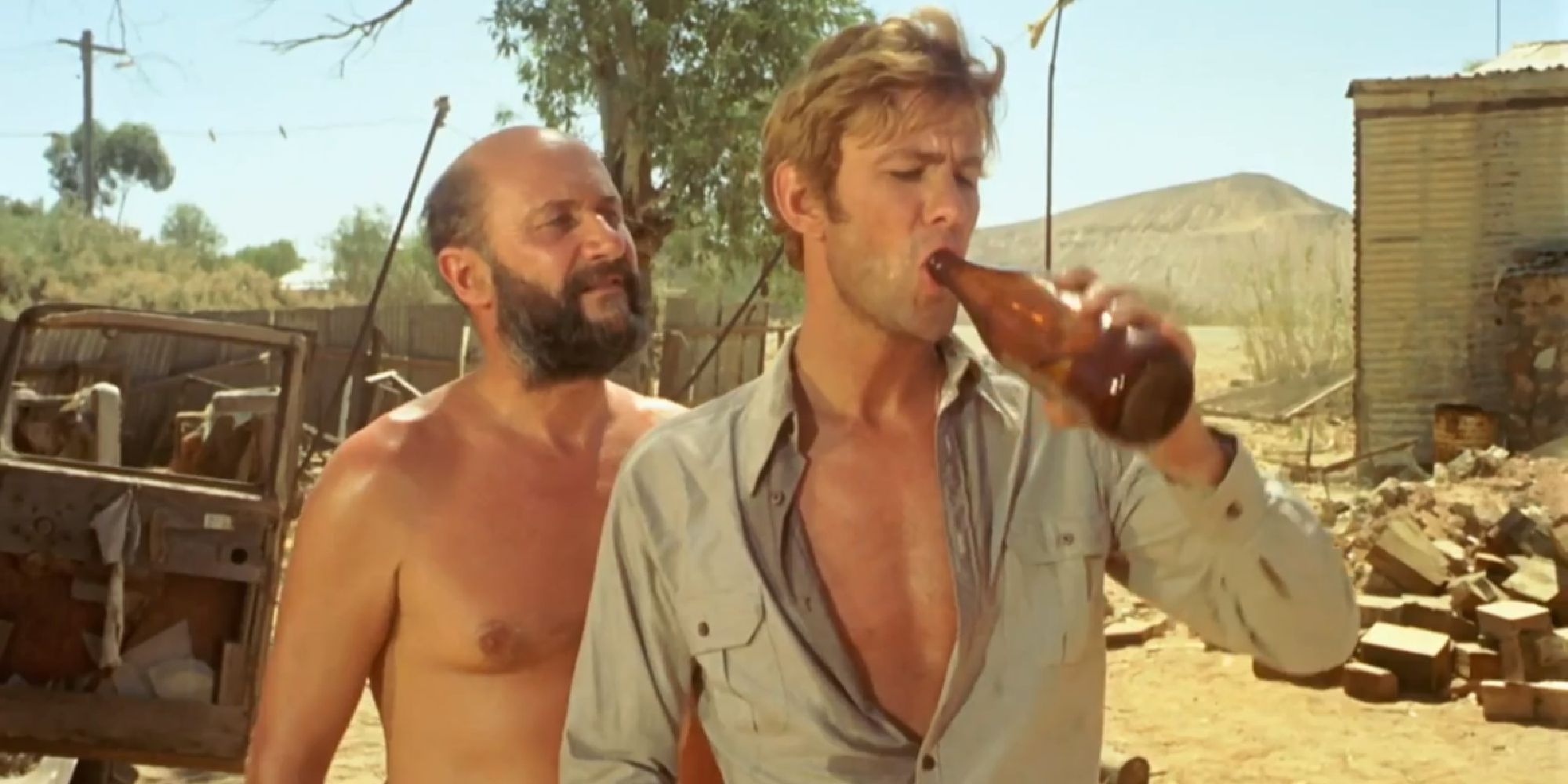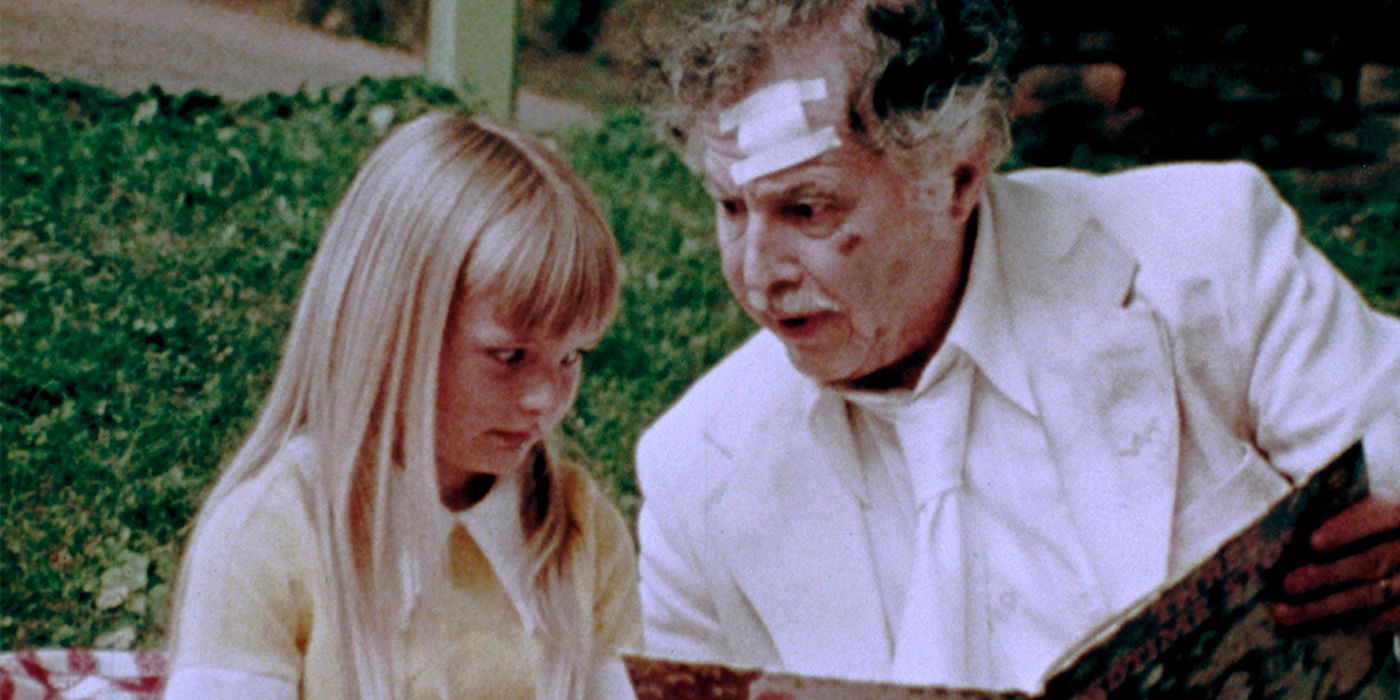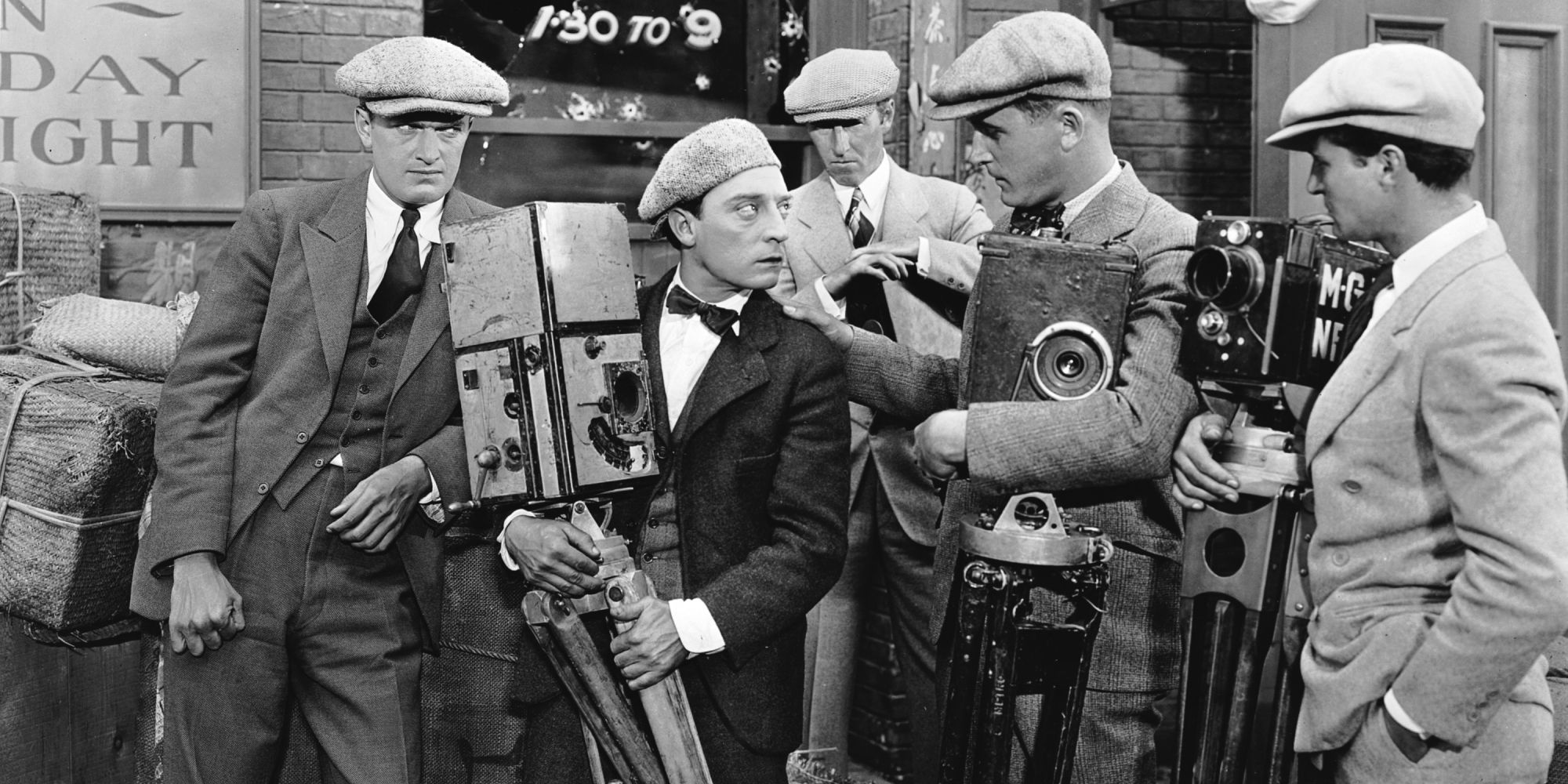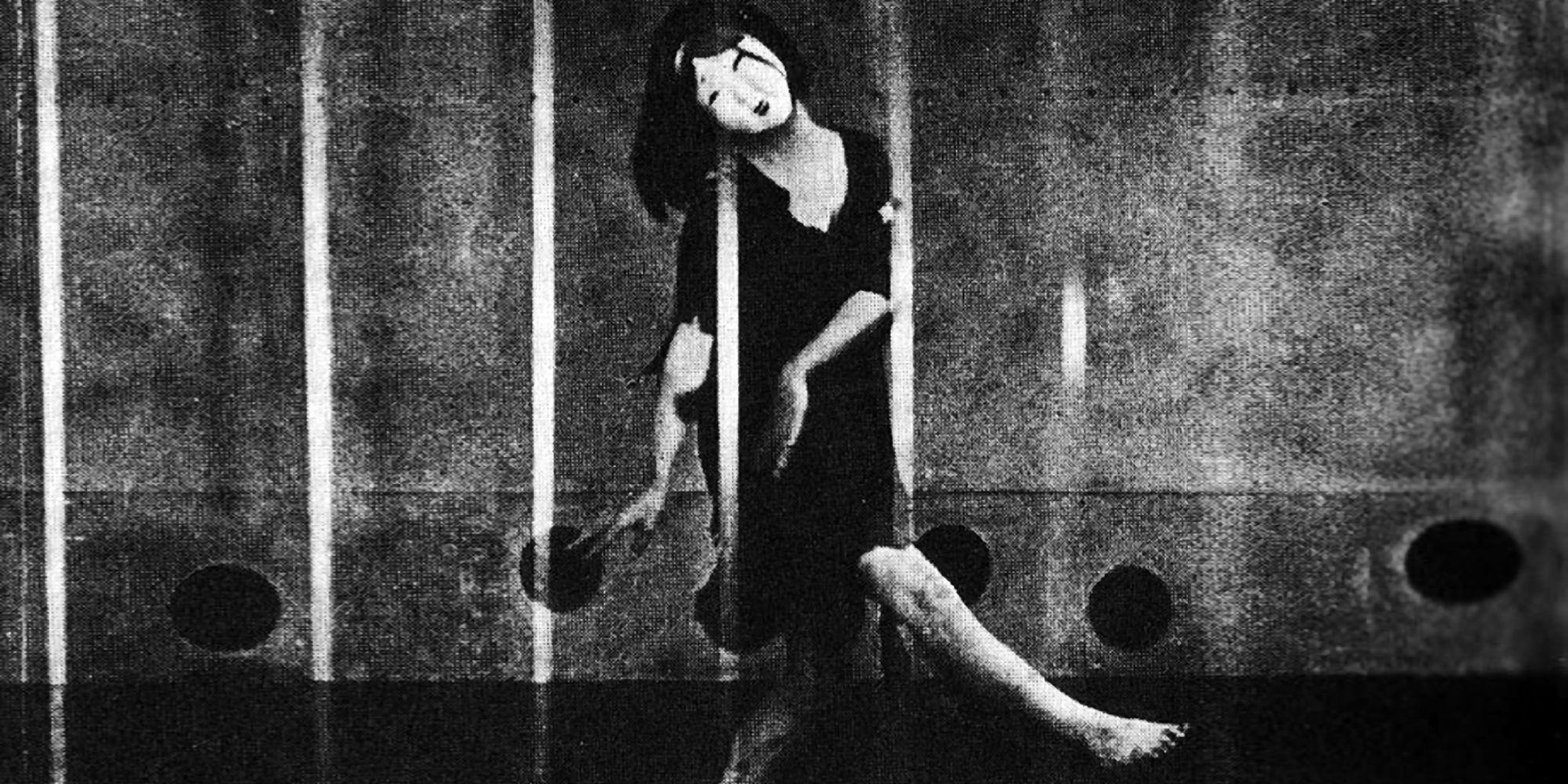As unusual as it might sound, back in film's early days, the artform as a whole was sometimes treated as disposable entertainment not worth preserving. This led to the vast majority of films made before 1930 being lost, and as such, they're no longer available to be watched. It's estimated that a staggering 75% of silent films have been lost to time.
The phenomenon of lost films mostly applies to the silent era, as film preservation began to improve as the decades went on, thanks to film being seen as a more worthwhile art form. However, there remained films that were released yet went missing after 1930, too, as in a pre-digital world, there still had to be physical film archived to prevent loss. Thankfully, a film being lost doesn't mean it's gone forever, as sometimes, lucky accidents have resulted in once-lost films being rediscovered.
'Metropolis' (1927)
It's hard to believe that one of the greatest silent films of all time was partially lost for about 80 years, before a complete version was recovered in Argentina, in 2008. Before then, the most "complete" version of Metropolis was still missing 30 to 40 minutes of footage, and extra title cards were needed to fill in gaps in the story.
The fact there was still a cut of Metropolis available before 2008 that was about two hours long doesn't make it an entirely lost film, but considering its technical achievements and influence on the science-fiction genre, it being incomplete was still viewed as a great loss to cinema. Even now, there are a couple of scenes that were unable to be recovered following the 2008 discovery, but considering at least 95% of the film now exists, it's enough to consider Metropolis sufficiently recovered.
'The Passion of Joan of Arc' (1928)
The Passion of Joan of Arc already stands as one of the silent film era's boldest movies, but the story around its strange rediscovery only deepens its legacy. The film, which covers the trial and martyrdom of Joan of Arc in 1431, was lost for over 15 years before a complete print was discovered in a psychiatric hospital in Oslo in 1981.
Rather than shoddy preservation being the cause of its initial disappearance, The Passion of Joan of Arc was missing for decades because of censorship in France at the time of its release. It still packs a punch today and was particularly shocking and radical by silent film standards. Audiences back then might not have been ready for it, but future generations were, as the film is now considered by many to be among the greatest silent films of all time.
'The Old Dark House' (1932)
A fairly light-hearted horror movie from the 1930s, The Old Dark House stands out from similar films of its time for its dark comedy and playful presentation. It's a fun film set in a mysterious house that a group of travelers seeks refuge in during a storm, and the strange things that happen to them once inside.
Audiences and critics didn't seem to know what to make of it at the time, and that's perhaps the reason it was forgotten about until rediscovered in the late 1960s (after a remake had come out, in 1963). It's good it didn't disappear forever, because it's found a cult audience in more recent decades who can appreciate and enjoy the film's unusual (and entertaining) spin on a haunted house movie.
'Deranged' (1974)
As expected from the simple and striking one-word title, Deranged is a pretty intense time. It also shows that viewers' curiosity about seeing real-life serial killers on-screen existed well before Netflix, as this 1974 film tells the gruesome story of serial killer Ezra Cobb, whose life and crimes are based on Ed Gein.
It's unclear whether it disappeared shortly after its 1974 release because viewers at the time were too grossed out by its violence, or because it just failed to make a significant dent at the box office. What is known is that it was found about 20 years after its release in Florida - in its uncensored form - and has gone to become a minor cult classic in the horror genre.
'Shadows' (1959)
John Cassavetes was an actor and filmmaker who earned a living by acting and made independent movies for art's sake. They were never huge commercial hits, perhaps owing to their experimental nature, heavy use of improvisation, and controversial (for the time) subject.
Shadows was his first movie, and also perhaps his most experimental, with a loose plot that explores race relations in New York City during the 1950s, and features a good deal of improvised dialogue. Cassavetes had made more than one edit of the film, with his first edit becoming lost some years after release. In 2003 - 14 years after his death - this lost version was found and has since been restored and released (even if Cassavetes did prefer the version that was never lost).
'Wake in Fright' (1971)
At its core, Wake in Fright is a psychological thriller about a schoolteacher who gets stranded in a particularly brutal, bizarre, and unwelcoming town in Outback Australia. It's a tense and unnerving film, more or less being about one man unraveling over the course of 109 heated minutes, and all the consequences that come from that.
All that existed between its initial release and 2004 was a very poor quality version that was never deemed suitable for an official video or DVD release. It wasn't until 33 years after its release that a restorable copy was found, and the film was reconstructed and tidied up from that to create a complete, high-quality version that is now viewable today.
'The Amusement Park' (1975)
While George A. Romero is perhaps best known for kick-starting the zombie genre with his six Living Dead films, his filmography goes far deeper than just movies about the undead. Take The Amusement Park, for example, which is a psychological horror film about an elderly man's nightmarish day at an amusement park.
At just 56 minutes long, and originally intended to be an educational film about elder abuse, The Amusement Park may not be Romero's greatest work as a director, but the fact it was lost for almost 50 years was still a shame for his fans, and the horror genre as a whole. It was rediscovered shortly before his passing in 2017, and is now available to be streamed on Shudder.
'The Cameraman' (1928)
Given his legacy as one of the most beloved filmmakers of the silent era, it's strange to think that any of Buster Keaton's films could go missing. But that's what happened to his classic 1928 film, The Cameraman, thanks to a large fire at the MGM Vault in California, in 1965.
The Cameraman wasn't the only film lost due to this fire, as countless others were lost. Luckily for The Cameraman, a copy was found just a few years later, in Paris, perhaps thanks to the fact that Keaton was a relatively well-known name. Other films, by other less well-known directors that weren't luckily maintained by independent collectors or cinema owners? They're not always so lucky.
'Wings' (1927)
You'd expect the original winner of Best Picture at the Academy Awards to be preserved properly, but that wasn't the case, as 1927's Wings was lost to time shortly after its release. It took over 60 years for it to be found again; like 1928's The Cameraman before it, a complete copy of Wings was also discovered in Paris.
It would have been a true loss had Wings stayed missing, as it holds up as an impressively made and exciting romance/drama/war film. The aerial combat scenes still look fantastic today, and the simple but solid love triangle storyline still works pretty well, too.
'A Page of Madness' (1926)
For anyone who likes horror films with minimal plots, an emphasis placed on surreal imagery, and containing an overall nightmarish feel, A Page of Madness has you covered. The narrative follows a man who works at a mysterious asylum in the hopes he can free his wife from there, but in classic horror movie fashion, things unfortunately aren't that simple for him...
It was considered lost for close to half a century, until the director found a complete print in his personal storage, in the early 1970s. It's a classic of silent cinema, and one of Japan's earliest horror movies, which made its rediscovery all the more fortunate.

